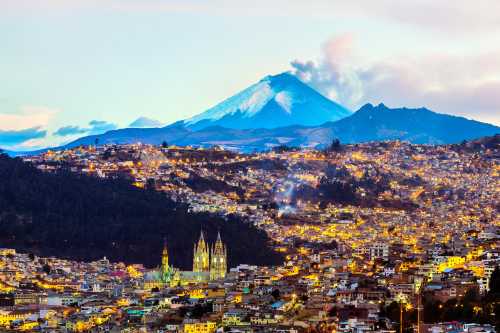App
Customer Support
NZD
Find Bookings
Popular Travel Types
Recommended Attractions at Popular Destinations
Bangkok attraction near me | Manila attraction near me | Tokyo attraction near me | Taipei attraction near me | Hong Kong attraction near me | Seoul attraction near me | Kuala Lumpur attraction near me | Los Angeles attraction near me | Shanghai attraction near me | New York attraction near me | Shenzhen attraction near me | Osaka attraction near me | Singapore attraction near me | London attraction near me | Guangzhou attraction near me | San Francisco attraction near me | Beijing attraction near me | Macau attraction near me | Bali attraction near me | Jakarta attraction near me | Paris attraction near me | Ho Chi Minh City attraction near me | Istanbul attraction near me | Phuket attraction near me | Chicago attraction near me | Seattle attraction near me | Toronto attraction near me | Orlando attraction near me | Cebu attraction near me | Chiang Mai attraction near me
Popular Attractions
Rua Do Cunha | Te Anau Glowworm Caves - RealNZ | Singapore Zoo | Xilamuren Prairie | Meng Huan Shwedagon Pagoda | Haide Hot Spring Hotel | Chengdu Research Base of Giant Panda Breeding | Sunway Lagoon Theme Park | Franz Josef Glacier | Headstream Hot Spring | Nantou Ancient City | Ngong Ping 360 | Shenquan Ecological Tourist Attraction | Green Valley | Universal Beijing Resort | Sanya Eco Spa | National Stadium-Bird's Nest | Jinjiang Action Park | Boronia Park | Fonte e Lavadoiro dos Laguiños | Hampton Visitor Information Centre | Ōmori Ōtori Shrine | Shivalya Mandir | Lago Del Ray | Bible Truth Tabernacle | Pioneer Park | Crofton Park Library | Asakusa Hisago-dori Shopping Street | Three Gorges Museum | Dazu Rock Carving
Popular Restaurants in Latacunga
El Submarino Café | A lo Montubio | El Alabado Restaurante & Grill | Di Fragole | Pepas | PARRILLA QUILOTOA | Bizarro Cafe Rock | Parilladas La Espanola Steakhouse | Pizzeria Buona | Mashca Bistró RestoBar | Chugchucaras Rosita | La Fornace | Gambero Rosso | El Cafe Pendiente | Lo Nuestro | Restaurante La Mama Negra | Hosteria Tiopullo | Amordiscos Restaurante Cafeteria | Classic Retro Bar Café | El Gringo y La Gorda | Flambe Restaurante | Classic Rock Café | Bundaváh Café - Fogata | Charlie Comida Rapida del Mar | Cunani | Antigua Tradición Latacungueña | Futbol Times | California Express | Heladeria Pailin | Rommelyus Restaurante
Popular Ranked Lists
Popular Premium Hotels in Ringlet | Top 19 Local Restaurants in Frankfurt | Top 4 Best Things to Do in Lu'an | Popular Luxury Hotels Near Jhapa | Popular Best Things to Do in Meizhou | Popular Premium Hotels in Kirov | Popular Luxury Hotels Near Gokarneshwor | Top 5 Local Restaurants in Jingxi | Top 5 Best Things to Do in Taizhou | Popular Luxury Hotels Near Fukushima | Popular Premium Hotels in Dolus D'Oleron | Top 3 Best Things to Do in Fuding | Top 19 Local Restaurants in Shijiazhuang | Top 3 Best Things to Do in Jiamusi | Top 17 Local Restaurants in Xuzhou | Top 6 Best Things to Do in Yi County | Top 3 Best Things to Do in Sanmenxia | Top 5 Best Things to Do in Songpan | Top 8 Best Things to Do in Qujing | Popular Luxury Hotels Near Shchuchinsk | Top 3 Luxury Hotels in Kavrepalanchok | Popular Luxury Hotels Near Anand | Top 3 Best Things to Do in Dezhou | Popular Luxury Hotels in Nyeri | Popular Premium Hotels in Kirov Oblast | Popular Luxury Hotels Near Province of Parma | Popular Luxury Hotels Near East Brunswick | Top 7 Best Things to Do in Enshi Prefecture | Popular Premium Hotels Near Kinshasa | Top 12 Best Things to Do in Baise
Payment Methods
Our Partners
Copyright © 2025 Trip.com Travel Singapore Pte. Ltd. All rights reserved
Site Operator: Trip.com Travel Singapore Pte. Ltd.
Site Operator: Trip.com Travel Singapore Pte. Ltd.












